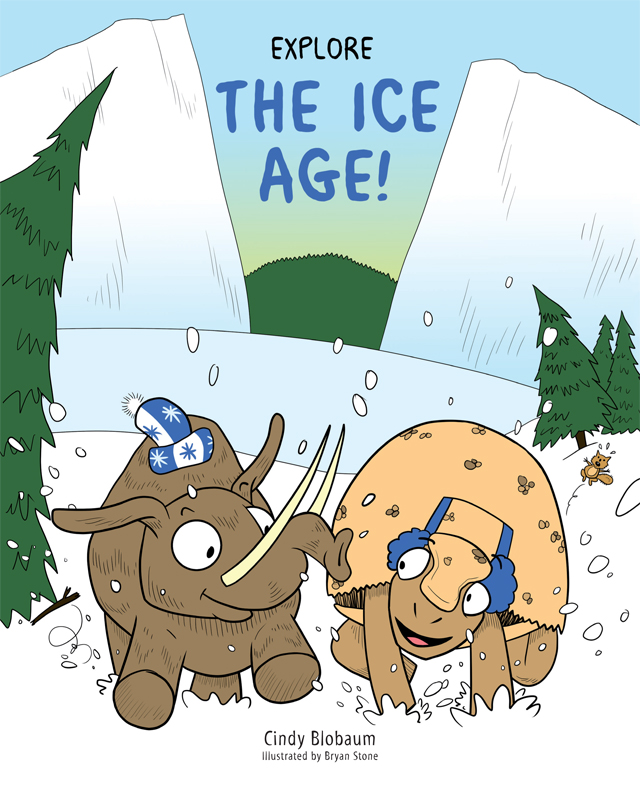
More titles in the Explore Your World! Series

Check out more titles at www.nomadpress.net
Nomad Press
A division of Nomad Communications
10 9 8 7 6 5 4 3 2 1
Copyright 2017 by Nomad Press. All rights reserved.
No part of this book may be reproduced in any form without permission in writing from
the publisher, except by a reviewer who may quote brief passages in a review or for limited educational use .
The trademark Nomad Press and the Nomad Press logo are trademarks of Nomad Communications, Inc.
ISBN Softcover: 978-1-61930-581-6
ISBN Hardcover: 978-1-61930-577-9
Educational Consultant, Marla Conn
Questions regarding the ordering of this book should be addressed to
Nomad Press
2456 Christian St.
White River Junction, VT 05001
www.nomadpress.net
C. 20,000 BCE:
Glacial ice reaches its! maximum size in the most recent ice age.
C. 9600 BCE:
The most recent ice age ends.
C. 50 BCE:
Roman poet Titusl Lucretius Carus writes about the human use of stones and sticks as tools.
13001850:
The world experiences what is often called the Little Ice Age, which isnt a true ice age but consists of periods of cold temperature broken up by warmer times.
1739 CE:
French-Canadian soldier Charles LeMoyne becomes the first known European to see hundreds of Ice Age fossil bones in what is now known as Big Bone Lick in Kentucky.
1771:
Johann Esper finds bear and lion bones and human bones in a cave in the Jura Mountains in southwestern Germany.
1788:
One of the first fossil specimen of the giant ground sloth is found in Argentina.
1796:
Georges Cuvier, a French scientist, gives one speech about mammoths being extinct relatives of elephants and another speech about giant sloths being extinct relatives of smaller sloths. He becomes known as the Father of Paleontology.
1833:
Two pieces of etched antlers are found in France.
1837:
Swiss scientist Louis Agassiz presents his theory of a great ice age to a group of geologists. He becomes known as the Father of the Ice Age.
1879:
Cave paintings are discovered in the Altamira cave in northern Spain.
1901:
The owners of the La Brea Tar Pits in California let paleontologists remove bones from the area.
JULY 1977:
A Siberian miner uncovers Dima, a frozen baby mammoth, while bulldozing a patch of freshly thawed ground.
MAY 2007:
Lyuba, an entire mummified baby mammoth, is found along the northern coast in Russia by a Nenets reindeer herder and his sons.
2009:
A herd of pigs foraging for food in Scotland unearths a set of 12,000-year-old Ice Age stone tools.
2015:
A perfectly preserved mummified puppy is found in Siberian permafrost. The puppy is thought to have died in a landslide near a river.
2016:
Spanish scientists publish the first evidence that early humans hunted cave lions and used their pelts to cover huts used for important rituals.
JULY 2017:
The perfectly preserved bodies of a Swiss couple who went missing 75 years earlier are found on a shrinking glacier in Switzerland.
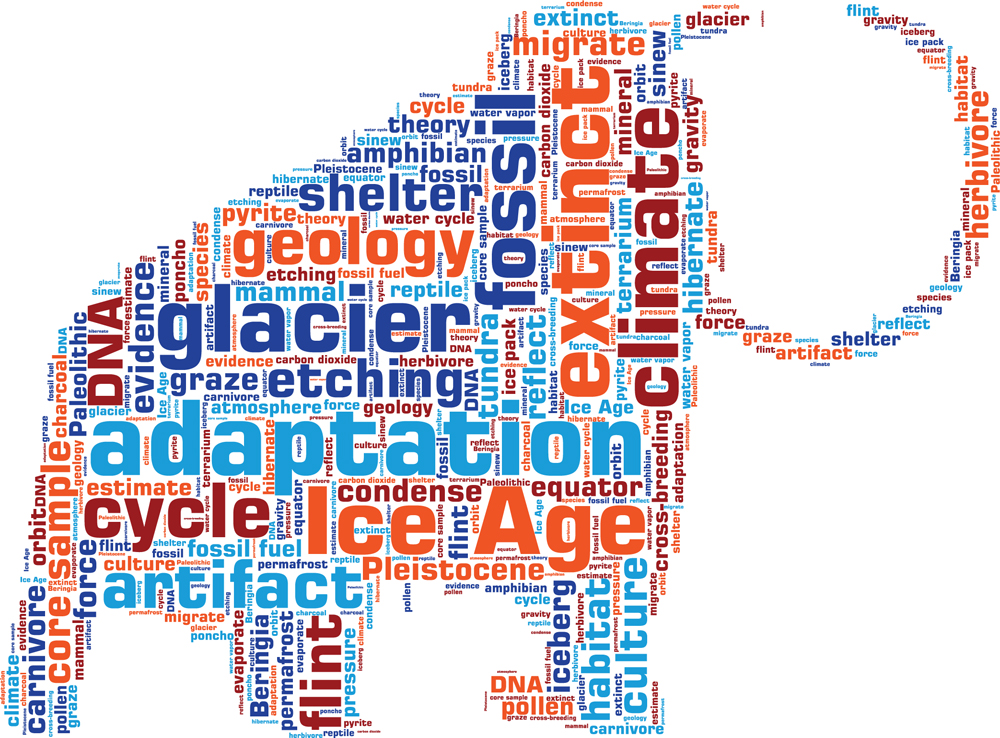
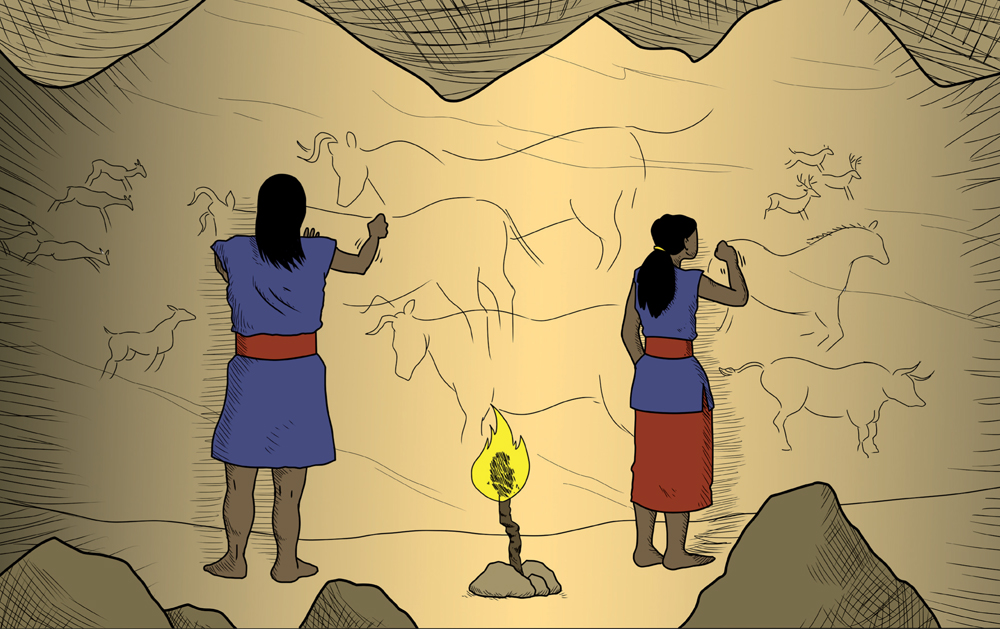
Imagine being alive around 12,000 years ago. Icy glaciers that were more than a mile tall inched their way across much of the earth. Giant hairy mammoths roamed the land. Fierce saber-toothed cats and short-faced bears prowled in search of food.
WORDS TO KNOW
glacier: a large body of ice moving slowly down a slope or valley or spreading outward on a land surface.
shelter: a place to live that protects a person from the weather.
Ice Age: a period of time when glaciers covered a large part of the earth.
Stone Age people worked together to find food, make shelters , invent tools, paint caves, and explore new places. Welcome to the end of the Ice Age , when the world was colder, many animals were bigger, and life was harder than it is today.
Even though humans were alive during the Ice Age, they couldnt take photos, write books, or make videos of their lives. They didnt have the right tools! As the earth warmed up and life changed, people forgot the way things used to be.
People made up stories to explain the strange things they found around them. People who lived in Greece found giant mammoth skulls with holes in the middle. Since they had never seen a mammoth, they said the skulls were from one-eyed monsters called cyclops.
People in Germany found skulls with big teeth and thought they were from dragons. In Denmark, old stories said huge, strange rocks found in the middle of fields were thrown there by giants. Other groups have said the huge rocks were dropped in fields by aliens or floods.
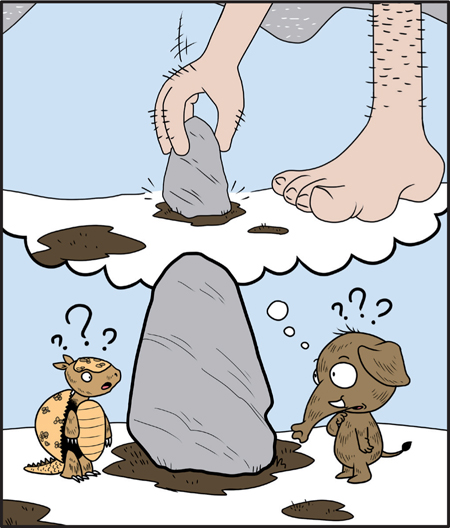
DID YOU KNOW?
Find something you dont recognize around your house or school. Make up a story to explain what you think it is before you ask someone else to identify it. How close is your guess?
WORDS TO KNOW
orbit: the path that Earth takes around the sun.
cycle: a repeated series of events.
Since the 1800s, scientists have been doing studies to learn more about the Ice Age and to explain the objects people have found. Scientists study the following things.
 rock layers around the world
rock layers around the world
 bones and frozen bodies that have been found
bones and frozen bodies that have been found
 ancient art found in caves
ancient art found in caves
 Earths orbit around the sun
Earths orbit around the sun
Many scientists believe that the world has been cycling in and out of ice ages for about 2.6 million years. There would be many cold years, followed by periods of warmer years. They believe this cycle of warming and cooling may have happened more than 100 times, with some cycles being longer and colder than others." This book focuses on the most recent ice age, which ended about 10,000 years ago.
A HUMAN-MADE GLACIER!
During the winter of 20142015, more than 110 inches of snow fell in the Boston, Massachusetts, area. The city scooped up a lot of the snow and made a huge pile 75 feet high. This was like a human-made glacier. The pile of snow didnt completely melt until July 14, 2015!

You can see a news program about this pile of snow.

KEYWORD PROMPTS
Boston snow melts 
WORDS TO KNOW
equator: an imaginary line around the middle of the earth.
theory: an unproven idea that explains why something is the way it is.
THE TILT OF THE EARTH
Next page
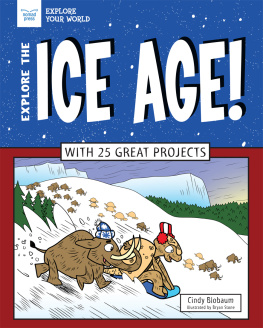
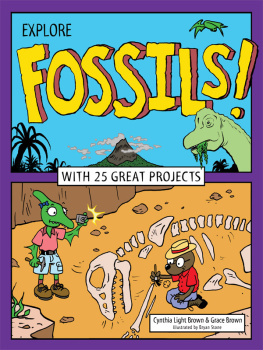

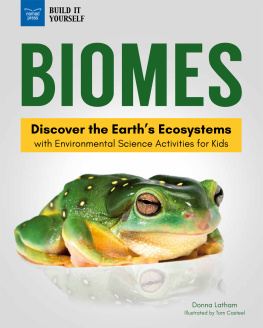
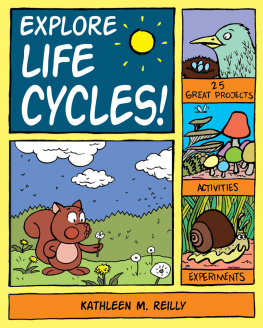
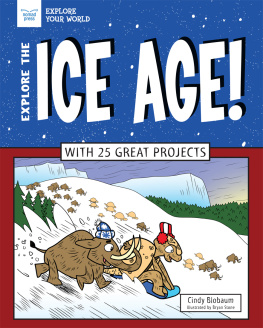
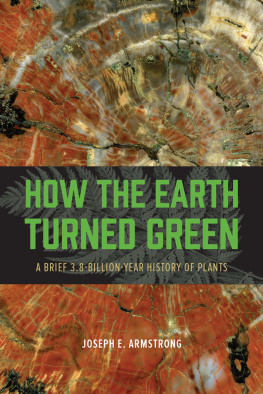
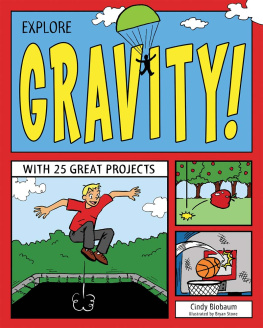


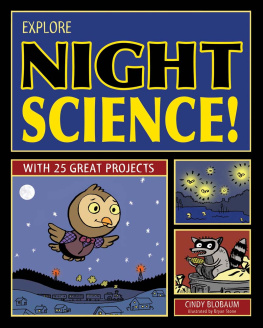

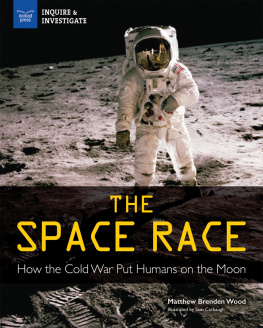





 rock layers around the world
rock layers around the world

